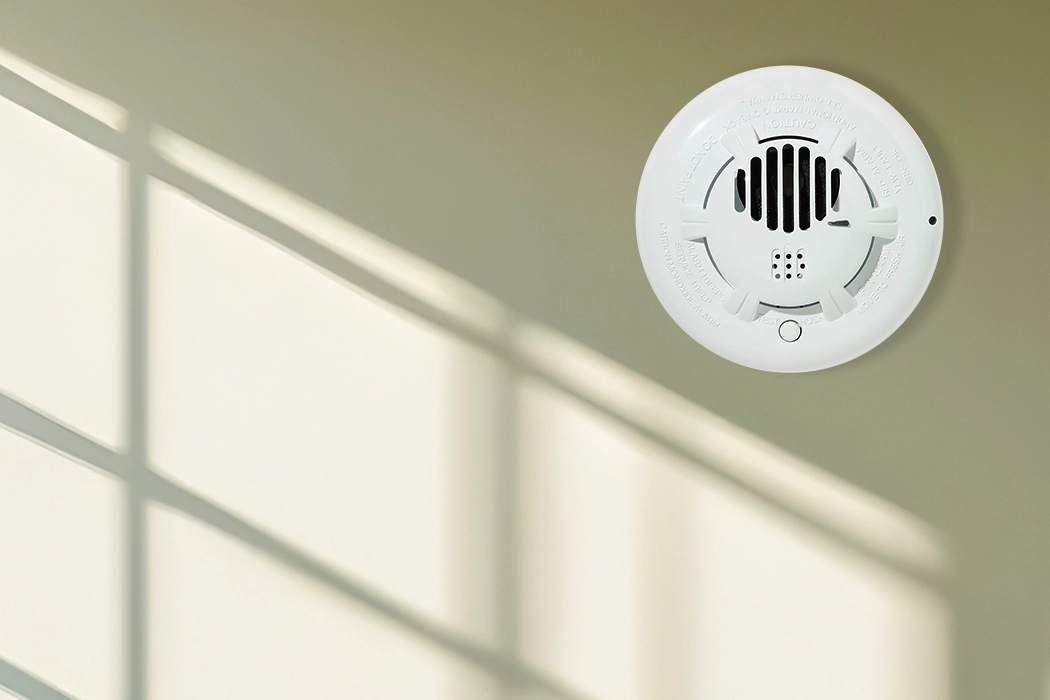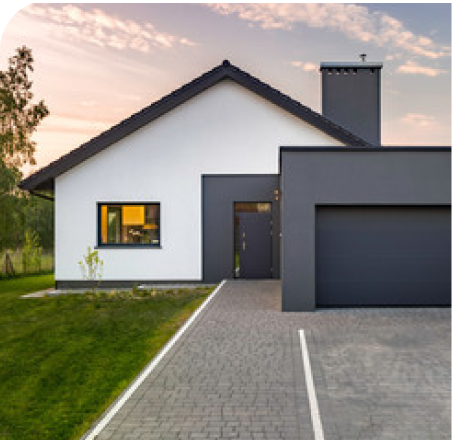Where Should You Install Carbon Monoxide Detectors in Your Home?

Knowing where to put carbon monoxide detectors in your home is just as important as owning one. Carbon monoxide is a colorless, odorless gas produced by fuel-burning appliances and vehicles. It can accumulate without warning, and prolonged exposure can be fatal. While many homeowners already know the importance of owning CO detectors, far fewer are sure about one crucial detail: where to place them.
Correct placement of your carbon monoxide detector is just as important as having one. In this guide, we’ll walk you through the best places to install CO detectors, areas to avoid, and the science behind proper positioning. Whether you're outfitting a single-story home or a multi-level layout, understanding where and how to install these devices can make all the difference.
Where to Install CO Detector Devices in Your Home
Knowing where to install CO detectors is vital to ensuring they work effectively when you need them most. According to the U.S. Consumer Product Safety Commission, the effectiveness of carbon monoxide detectors depends heavily on proper placement throughout the home. While placement can vary slightly based on your home’s layout, here are some universally recommended locations:
Outside every sleeping area. If carbon monoxide leaks at night, you want the alarm close enough to wake you up.
On every level of the home. CO can build up anywhere, especially in multi-story houses, so each floor needs coverage.
Near attached garages. Vehicles left idling in a garage can allow CO to seep into the home—even through closed doors.
Near fuel-burning appliances. Install a CO detector near furnaces, gas stoves, water heaters, and fireplaces—but not directly above them (we’ll explain why below).
Additionally, you should always follow the manufacturer’s guidelines for your specific detector model.
Should CO Detectors Be Placed High or Low?
Should carbon monoxide detectors be placed high or low? Unlike smoke, carbon monoxide doesn't rise. In fact, it blends evenly with air. That means placement should prioritize air circulation and room usage rather than assuming CO will drift in one direction.
Ideal Height and Surface:
Wall-mounted detectors: Position them about 5 feet above the floor—roughly at the breathing level when you’re asleep or sitting.
Ceiling-mounted detectors: Place them at least 6 inches away from any wall, as corners may prevent CO from reaching the sensor effectively.
Plug-in models: These should be installed in outlets that are unobstructed by furniture or curtains. Avoid placing them behind large objects where airflow is restricted.
Can a Carbon Monoxide Detector Sit on a Shelf?
Only if the manufacturer explicitly says it can. In most cases, shelf placement isn’t recommended due to blocked airflow or poor sensor exposure. If in doubt, opt for wall or ceiling mounting.
Where Not to Install a Carbon Monoxide Detector
While it’s important to know where to place a CO detector, it’s equally important to know where not to install one. Improper placement can lead to false alarms—or missed alerts.
Avoid installing CO detectors:
Right above or beside fuel-burning appliances. These spots can trigger false alarms from brief CO bursts.
In humid areas like bathrooms or laundry rooms. Moisture can interfere with sensor function.
Near HVAC vents, ceiling fans, or open windows. Airflow can dilute CO concentration before it reaches the sensor.
Inside enclosed spaces like cabinets, closets, or behind curtains. These limit air exposure and reduce effectiveness.
On peaked ceilings or in dead air zones. CO may not reach the sensor quickly in these areas.
Positioning matters. Even the most advanced detector won’t help if it's placed in a location that prevents it from accurately sensing CO buildup.
Where to Put Carbon Monoxide Detectors in a Multi-Level Home
If your home spans more than one floor, you’ll need to think strategically about where to put carbon monoxide detectors on each level.
Top of stairways. CO can travel between floors, so detectors near staircases provide good vertical coverage.
Hallways between bedrooms. These shared spaces are ideal for early warning detection while you sleep.
Finished basements. If you have a furnace, water heater, or fireplace downstairs, make sure there's a CO detector nearby.
Bonus rooms or attic conversions. Any frequently used upper-level room with potential sources of CO should be monitored.
No matter your home layout, the goal is the same: ensure every floor and sleeping area is covered with a properly placed detector.
Why Professional Installation and Monitoring Matters
Many homeowners install CO detectors themselves—and while that’s certainly doable, there are benefits to choosing professional installation. Certified installers know the best placement locations based on your home’s layout, ventilation, and appliances. They also handle hardwiring, interconnection, and home security system integration.
But what happens if you’re not home—or unable to respond—when a CO leak occurs?
That’s where 24/7 professional monitoring adds another layer of security. A monitored carbon monoxide detector alerts emergency responders even if you’re away, asleep, or incapacitated. This added peace of mind can be especially important for households with children, elderly family members, or pets.
Upgrade Your Peace of Mind With Brinks Home™
Carbon monoxide detector placement is essential—but it’s just the beginning. For enhanced protection, smart CO detectors that connect to your home security system can notify you via smartphone alerts and activate a monitored response in real time.
With Brinks Home, professionally installed and monitored CO detectors are seamlessly integrated into your home’s security system. Our solutions are designed to detect danger early and notify emergency services quickly—whether you’re home or not.
Not sure where to put your carbon monoxide detectors for maximum safety? Brinks Home offers expert placement, installation, and 24/7 monitoring—so you're covered no matter what. Contact us today to get started with a Security Consultant.



